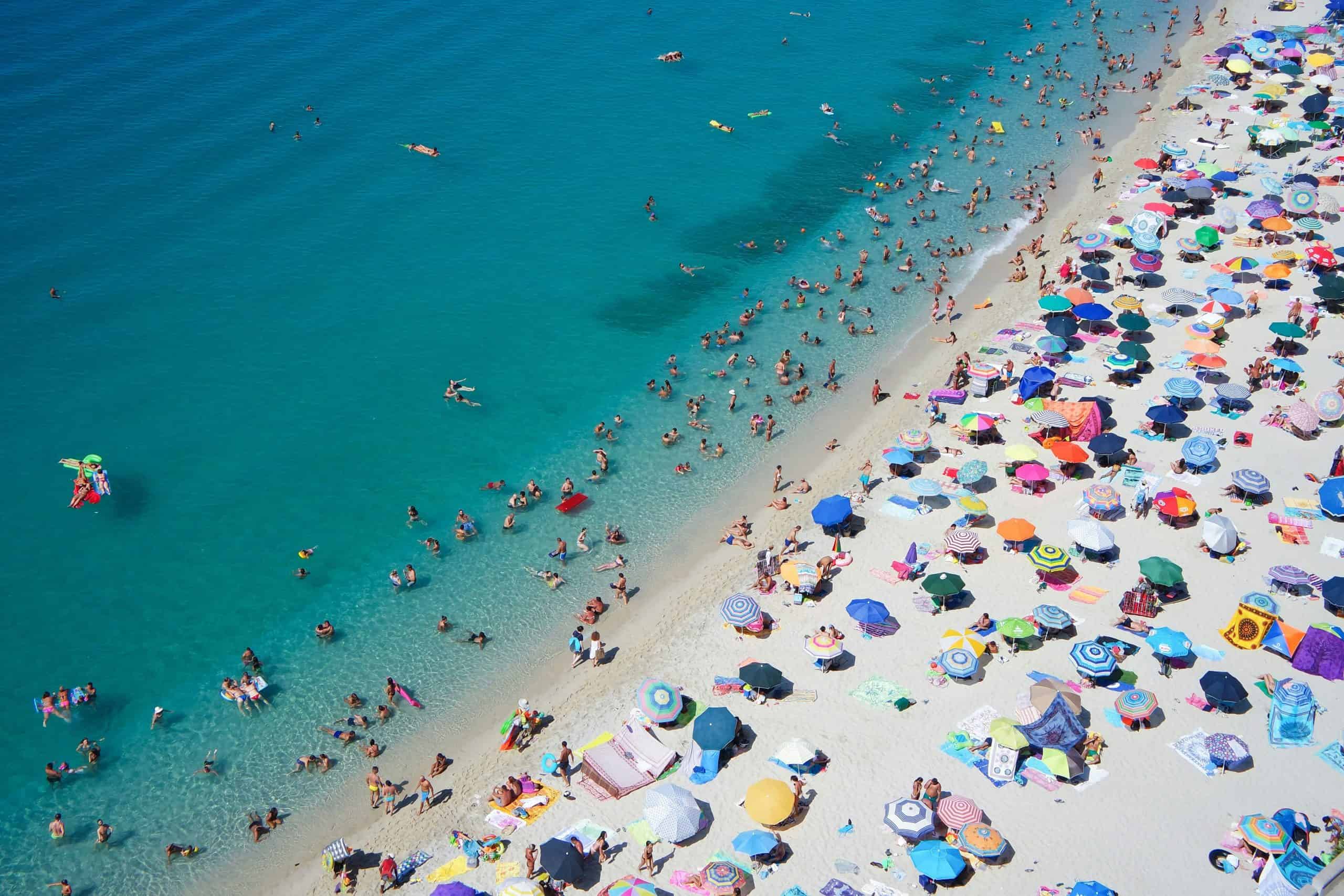Safe to Swim? What Experts Say About Beach Bacteria and Water Health
Is there anything better than a day at the beach? The sun, the waves, the sand sticking to every crevice of your body (not your favorite, sure, but iconic nonetheless). However, there’s a not-so-glamorous side to beach outings that rarely makes it to Instagram. I’m looking at you, beach bacteria. Yep, those picture-perfect waters may hide some sketchy secrets.
Wave goodbye to ignorance and say hello to the expert guide on how to stay healthy while enjoying your beach days. Because no one wants to swap their seaside escape for a hospital visit. The culprit? A lovely mix of bacteria, viruses, and, dare I say, parasites—not exactly what you want on your vacation itinerary.
What Is Beach Bacteria? Spoiler Alert: It’s Pretty Gross
“Beach bacteria” is the general term for microorganisms that hang out in the water, sand, and nearby runoff. Think E. coli, Salmonella, Vibrio vulnificus (you’ve heard of its flesh-eating reputation, right?), and even parasites like Cryptosporidium and Giardia. These invisible troublemakers often hitch a ride via stormwater runoff, sewage leaks, or waste from animals and humans. Romantic, huh?
The Environmental Protection Agency (EPA) even monitors for these sneaky germs at beaches, issuing advisories and closures when contamination spikes. If your go-to beach sports a big red sign screaming “High Bacteria Levels,” believe it. And trust me, you don’t want to test those waters.
Why Does Beach Bacteria Matter?
Not all bacteria are out to ruin your day. Harmless bacteria are everywhere, doing their thing. But pathogenic bacteria? They’re no bueno. These bad boys can lead to infections, gastrointestinal issues, and, in rare cases, life-threatening conditions.
Here’s the rundown of what you’re up against with beach bacteria:
- Gastrointestinal fun (read: diarrhea, vomiting, stomach cramps)
- Swimmer’s ear caused by Pseudomonas aeruginosa
- Bacterial infections like flesh-eating disease (Vibrio vulnificus, we’re looking at you)
- Viral nasties like norovirus bring on rapid-onset misery
- Parasites that linger far too long for anyone’s liking
High-risk groups include kiddos, the elderly, and anyone with a weakened immune system. Honestly, though, nobody’s immune to a sketchy beach day gone wrong.
Red Flags to Watch For
How do you know if the water is more “toxic sludge” than “refreshing escape”? Spoiler alert: the beach bacteria don’t wave hello. Lucky for us, there are some telltale signs:
- Cloudy or smelly water – Think funky algae blooms or murky waves. If it smells like sewage, don’t wade in.
- Test results or advisories – If your beach posts water quality data (thank you, modern science), check it out before you reach for the sunscreen.
- Pipes and proximity to urban areas – Discharge pipes into the water? Just say no.
- Heavy rain – After storms, runoff carries contaminants straight to your tropical paradise.
Stay Smart and Swim Safely

All isn’t lost, beach lovers! Just because bacteria exist doesn’t mean you have to cancel that glorious ocean dip. Here’s how to outsmart those pesky beach bacteria:
1. Check Beach Conditions Before You Go
Bookmark your local water quality monitoring site (most states have one). A quick check can save you hours of gastrointestinal misery.
2. Avoid Post-Storm Swims
Rain stirs up all sorts of trouble. Give it 24–48 hours after a storm to minimize risk.
3. Protect Open Wounds
Got a fresh cut, piercing, or tattoo? Waterproof bandages are your new best friend. Better yet, skip the water until you’re all healed.
4. Rinse Before You Eat
Always wash off after your dip, and definitely scrub those hands before reaching for a snack. Sand and bacteria get everywhere.
5. Don’t Swallow the Water
Seriously, that’s not a smoothie in your reusable cup. Keep your mouth shut while swimming, and maybe skip water activities if you’re feeling snack-ish.
6. Stick to Well-Maintained Areas
Want the cleanest swim possible? Opt for beaches with frequent monitoring and maintenance. Skip those litter-filled shores.
What About Sand?
Nope, you’re not off the hook yet. Sand might seem harmless, but it’s a secret germ playground. Playing in sand has been linked to an increased risk of less fun stomach issues. Lesson learned? Wash your hands and avoid sticking sandy fingers in your mouth.
When to Seek Help
Most post-swim illnesses are mild and improve after a little quality time with your couch. But if you experience severe symptoms like a high fever, blood in your stool, or anything else that screams “not normal,” don’t hesitate to see a doctor. Better safe than sorry.
Now that we’ve dissected the villainous side of beach days, remember this doesn’t mean you should abandon the waves. Knowledge is power, and with a little precaution, you can enjoy everything your favorite beach has to offer without fearing the beach bacteria lurking below. Happy swimming, friends!






